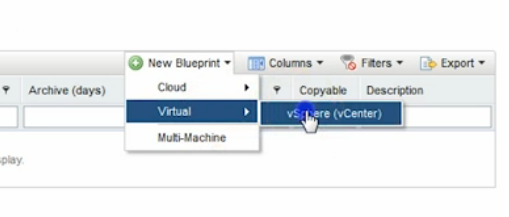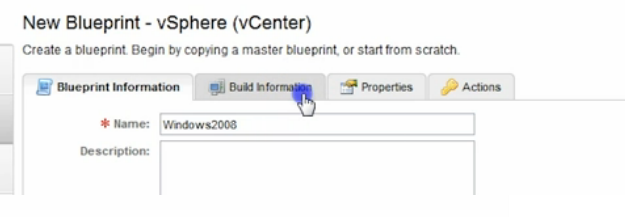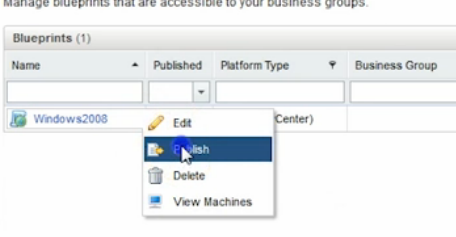0 Comments
Suggested Videos
HOW TO: Install and Connect a VMware vCenter Server 7.0 in linked mode.
Looking to migrate your existing VMware environment to VMware Cloud Foundation? Below is a brief summary of what is involved in making this transition based on my personal experience.
VMware vRealize Automation
- How to Create an Entitlement within VMware vCloud Automation Center 6.0(4:18)
- How to Create a Blueprint within VMware vCloud Automation Center(5:15)
- How to create a Cost Profile within VMware vCloud Automation Center(3:49)
- How to Create a Business Group within VMware vCloud Automation Center 6.0(5:25)
- How to Create a Fabric Group within VMware vCloud Automation Center 6.0(4:12)
- How to Create a Network Profile within VMware vCloud Automation Center 6.0(4:40)
- How to Create a Reservation Policy within VMware vCloud Automation Center(4:03)
- How to Create a Tenant within VMware vCloud Automation Center 6.0(5:15)
- How to Create a Reservation within VMware vCloud Automation Center 6.0(7:16)
- How to Create an Endpoint within VMware vCloud Automation Center 6.0(5:21)
Total Time: 49:39








